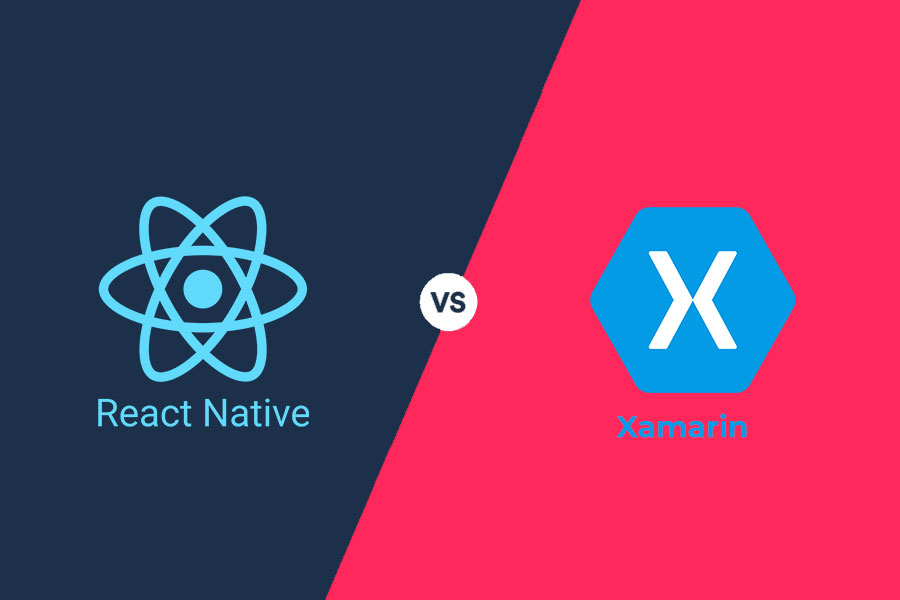Homepage » Software Development » Xamarin vs. React Native
Mar. 13, 2025


6 minutes read

Share this article
Selecting the right framework can define your project’s trajectory when building cross-platform mobile apps. Two of the most talked-about frameworks in the development world are Xamarin and React Native. Both offer unique advantages, but deciding between them depends on your project’s goals, team expertise, and desired app features.
This article compares these frameworks deeply, exploring their key benefits, drawbacks, and ideal use cases. Whether you’re part of a dedicated development team or a company exploring outsourcing options, understanding the strengths of Xamarin and React Native will help you make a confident, informed decision.
Xamarin is an open-source framework owned by Microsoft that allows developers to build cross-platform applications using C# and . NET. It stands out for its ability to provide a near-native experience while sharing a significant portion of code across platforms. Xamarin is particularly popular among developers who are already familiar with Microsoft’s ecosystem.
React Native, developed by Facebook, is a JavaScript-based framework for building high-performance mobile apps with a native look and feel. It leverages React, a popular JavaScript library for building user interfaces, and emphasizes speed and flexibility.
When deciding between Xamarin and React Native, consider the following:
When it comes to outsourcing software development, Latin American teams offer a distinct and compelling advantage. These teams are known for their robust technical expertise, deep understanding of modern programming frameworks, and the ability to deliver innovative solutions tailored to client needs. Beyond their technical skills, they possess a strong cultural alignment with U.S.-based companies, fostering seamless communication, collaboration, and adaptability.
Whether your project requires the versatility of Xamarin or the dynamic capabilities of React Native, partnering with Latin American talent ensures access to highly skilled professionals who can meet your technical requirements while maintaining the agility needed to adapt to evolving project demands. Additionally, outsourcing to this region allows companies to achieve exceptional quality results without overextending their budgets, striking the perfect balance between cost optimization and high performance.
By leveraging the skills of Latin American development teams, companies can accelerate their project timelines, enhance operational efficiency, and foster long-term partnerships rooted in trust and mutual understanding. This makes Latin America a strategic choice for businesses looking to scale their development efforts while maintaining a competitive edge in the global market.
Xamarin and React Native are powerful tools for cross-platform app development, each with unique strengths. The choice ultimately depends on your project’s needs, team expertise, and long-term goals. By evaluating their features, benefits, and limitations, you can make an informed decision to set your project up for success.
Ready to take the next step? Whether it’s Xamarin or React Native, choosing the proper framework will empower your app to thrive in today’s competitive market.


Accelerate your software development with our on-demand nearshore engineering teams.